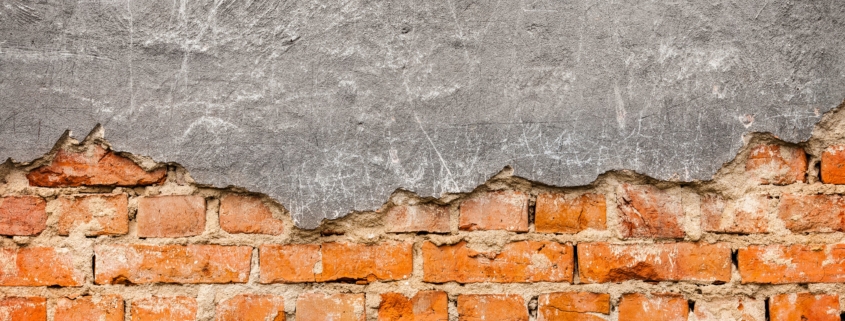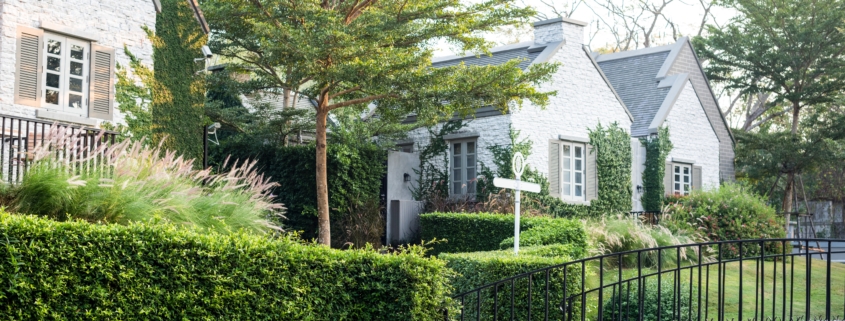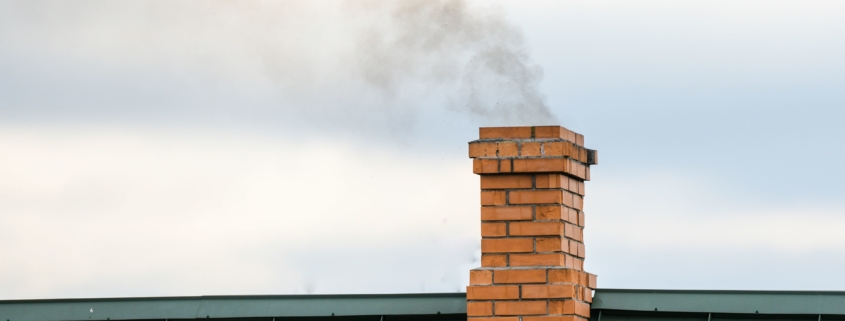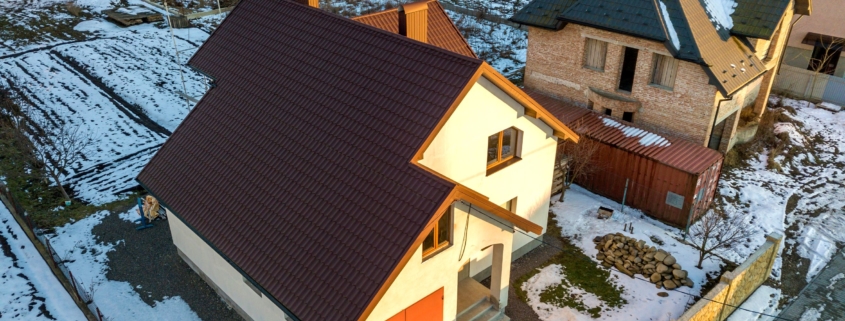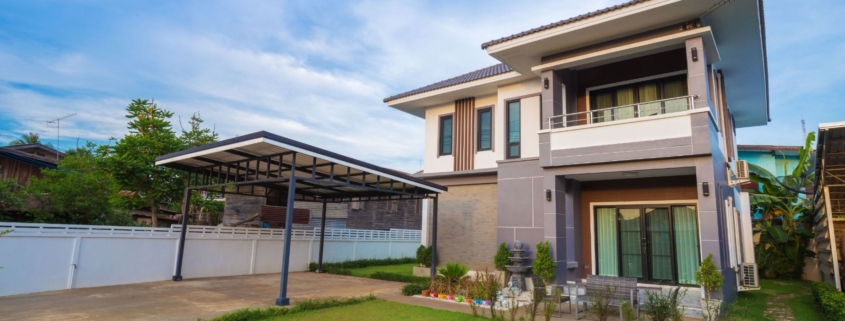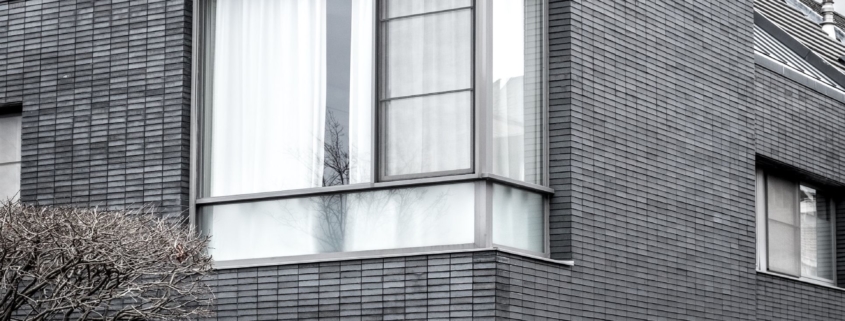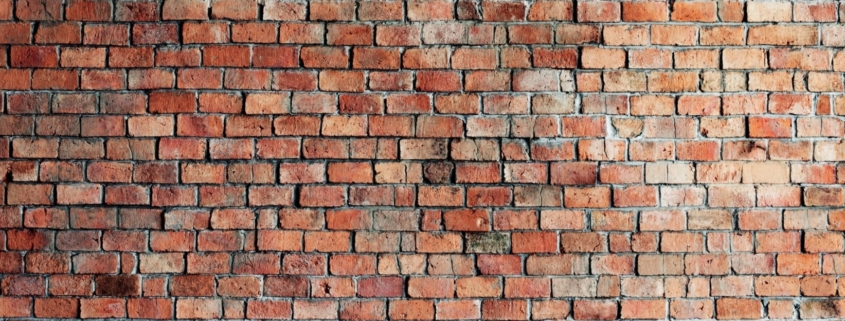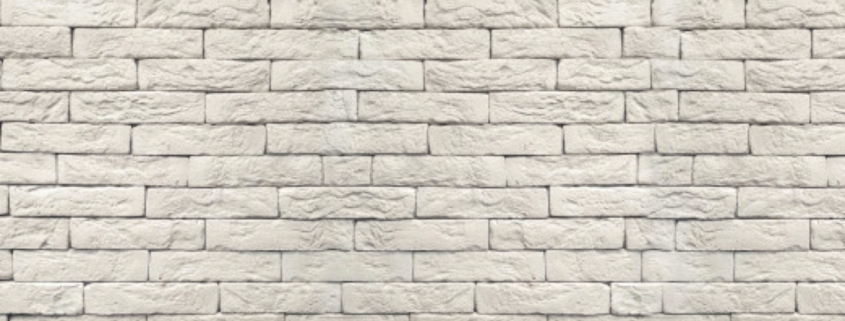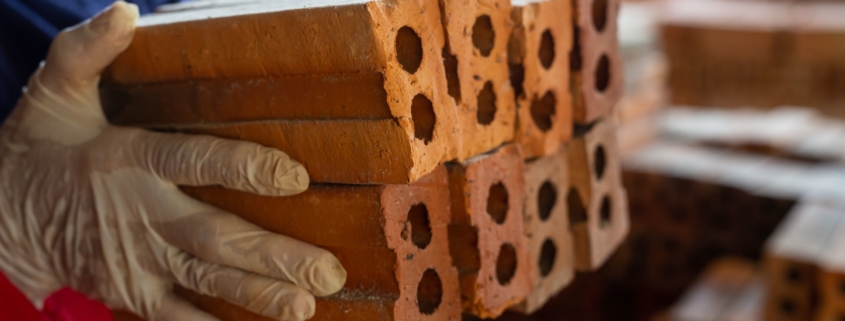Masonry builds are known for their structural integrity and longevity, primarily due to many masons’ craftsmanship and practical knowledge. The problem is, as time goes on, structures tend to become more deformed and susceptible to collapse, especially if not well-maintained. That’s why you, as a residential or commercial property owner, should be mindful of the different repairs that may affect your masonry.
This article will discuss three common issues you can expect from your mason buildings, namely chimneys, brick walls, stone walkways, and the like. Take this as an opportunity to look after your safety, welfare, and property assets. This way, you can use your living or commercial space for a long time without having to worry about complex damages and repair costs.
- Displaced bricks and stones
Displacement is a serious common issue among poorly managed masonry because it can easily fall apart, endangering the people and objects around it. That’s why you need to call professional mason contractors immediately to address the issue as soon as possible. It would also be best to evacuate everything within proximity of the displaced masonry structure until it is repaired.
The good news about mason displacement is you can do routine maintenance checks to address the minor issues before they worsen. This way, you can preserve your build during intense temperature changes, erosion caused by moisture and heat, and tremors, allowing you to account for everyone’s safety and well-being.
- Cracks in masonry
Unlike other damages, you can mistake cracks that need fixing for natural imperfections caused by weather conditions. You can only tell the different cracking apart if you are well-versed in masonry builds. For instance, cracked bricks with leaks often signify that you need to fix these damages. That’s why it’s often customary to have buildings inspected to ensure you can make well-informed decisions to address what has to be repaired and not.
As such, hire a masonry contractor to guide you through your structure’s inspection, enabling you to understand better what to do to safeguard your property. You can also request your contractor to explain what you have to watch out for, like damages and natural conditions, to know how to avoid any building-related mishaps. This way, you can save money and enjoy your property!
- Major-to-minor leaks
You can expect leakages to appear in your masonry buildings if the general weather and temperature in your community are frigid, moist, and has many instances of rainfall or snow. Other elements you have to look out for are moss and mildew, two water-borne organisms that can further damage your masonry builds.
Leaks can also be a sign of structural integrity issues hidden inside the structure. If you hose it down, you may also be indirectly affecting its longevity since you are introducing water to the bricks, absorbing the moisture and resulting in leaks.
Fortunately, you can address these issues with caulk and waterproofing solutions. Just make sure that your hired contractor has significant experience with masonry to look after your structure properly after the damages are addressed. You can also request maintenance, cleaning advice, and routine inspections.
Conclusion
Masonry building is a popular choice among residential and commercial properties because of its iconic style and impressive longevity. However, you can expect damages to manifest if you aren’t well-oriented on damages. Fortunately, you now know practical ideas for your guidance. Get your maintenance and repair checks done today!
Are you in need of professional masonry services in Toronto to repair your structures? We at Red Robin Masonry can provide you with that. We are your dedicated team of mason tradespeople, offering you the best, cost-effective solutions to fix and maintain your buildings’ safety and great condition. Request your masonry quote from us to better understand what you need and how to preserve your property assets!

